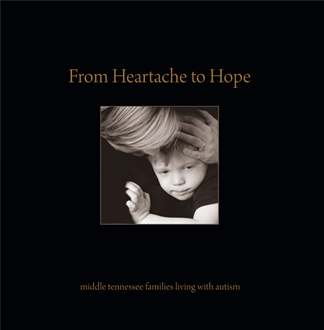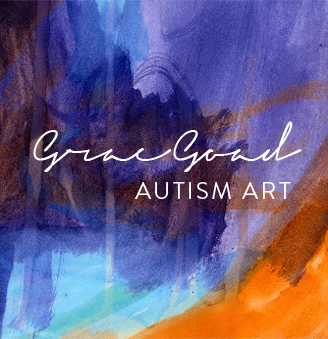We benefit by giving ourselves over to the direct experience of the work of art. In this way one enters the artist’s world, learning to see as artists see. ~ Duncan Phillips
Lucky. Lucky. Lucky are we in Nashville to be only one of only two U.S. venues to host To See as Artists See: American Art from the Phillips Collection. This dreamy show chocked full of 100 luscious works by 75 notable artists including Childe Hassam, Maurice Prendergast, John Sloan, Edward Hopper, Arthur Dove, Georgia O’Keeffe, Charles Sheeler, Stuart Davis, Jacob Lawrence, Adolf Gottlieb and Robert Motherwell was an international sensation in Roverto (Italy), Madrid and Tokyo before landing at Frist Center for Visual Arts until early May.
D.C.-based Phillips Collection brought Nashville, in 2004, one of the Center's most popular exhibits: From El Greco to Picasso: European Masterworks from The Phillips Collection. The current exhibit, which launches today, presents a comprehensive selection of the Collection's American treasures.
The paintings present a survey of American painters from 1845–1965. The exhibition begins with nineteenth century American art heroes, including Winslow Homer and Thomas Eakins whose works set the course for modern art in the U.S. The exhibition concludes with works by the Abstract Expressionists whose efforts to create a new visual language in the 1940s caused the art world to turn its attention from Paris to New York and made American art a significant global force.
Many of the artists in this exhibition were influenced by and captured in their work some of the biggest changes transforming society during their lifetimes: the rise of industry and new modes of transportation, the growth and electrification of cities and the invention of everyday objects.
Throughout this exhibition, specific paintings are connected to inventions and innovations that changed the world. These include: the Erie Canal (Arthur B. Davies, Along the Erie Canal, 1890); the electric light bulb (John Sloan, Six O’Clock, Winter, 1912); tube paint (Theodore Robinson: Giverny, ca. 1889) and acrylic paint (Helen Frankenthaler, Canyon, 1965); skyscrapers (Edward Bruce, Power, ca. 1933) [one of my favorites]; the egg beater and electric fan (Stuart Davis, Egg Beater, No., 4, 1928) and mobiles [yes!] (Alexander Calder, Red Polygons, ca. 1950).
The Phillips Collection is considered a jewel among American museums and was the country's first museum of modern art, founded in 1921. From its inception, The Phillips Collection championed the very best in American art and artists. Duncan Phillips was a collector without peer in his time and still has much to teach us about how to appreciate, enjoy and collect art.
A well-regarded art critic in addition to being a collector and museum director, Phillips believed we benefit by giving ourselves over to the direct experience of the work of art. In this way one enters the artist’s world, learning to see as artists see. In his extensive critical writings, Phillips was adamant: he sought “artists of creative originality and of sincere independence.”
Source: Frist Center for the Visual Arts
I attended the Frist Center media tour for this exhibit yesterday and I'm making plans to return. I honestly cried as I so moved by certain portions of the exhibit starting with a Georgia O'Keefe painting that had palpable energy. And on to the enormous Augustus Vincent Tack, Aspiration, 1931, painting above and the Mark Rothko, Untitled, 1968. I am in awe at how esteemed our city's main arts center has become that we are continually attracting first times and limited tours as grand as this. Again, I was incredibly moved, and in at least one of my visits, I plan to take my daughter Grace, for I found where her style fits in the history of art. It's one of those times I wished they'd taught art history in my arts high school….More about that coming soon.
If you are in Nashville or planning a visit here, go see this amazing exhibit.





as my daughter lives in the DC area, I have been able to make repeated visits to the Phillips over the years. The Rothko Room is one of the more profoundly meditative spaces I’ve had to privilege to experience. I’m thrilled that this exhibit is here–and includes a Rothko.